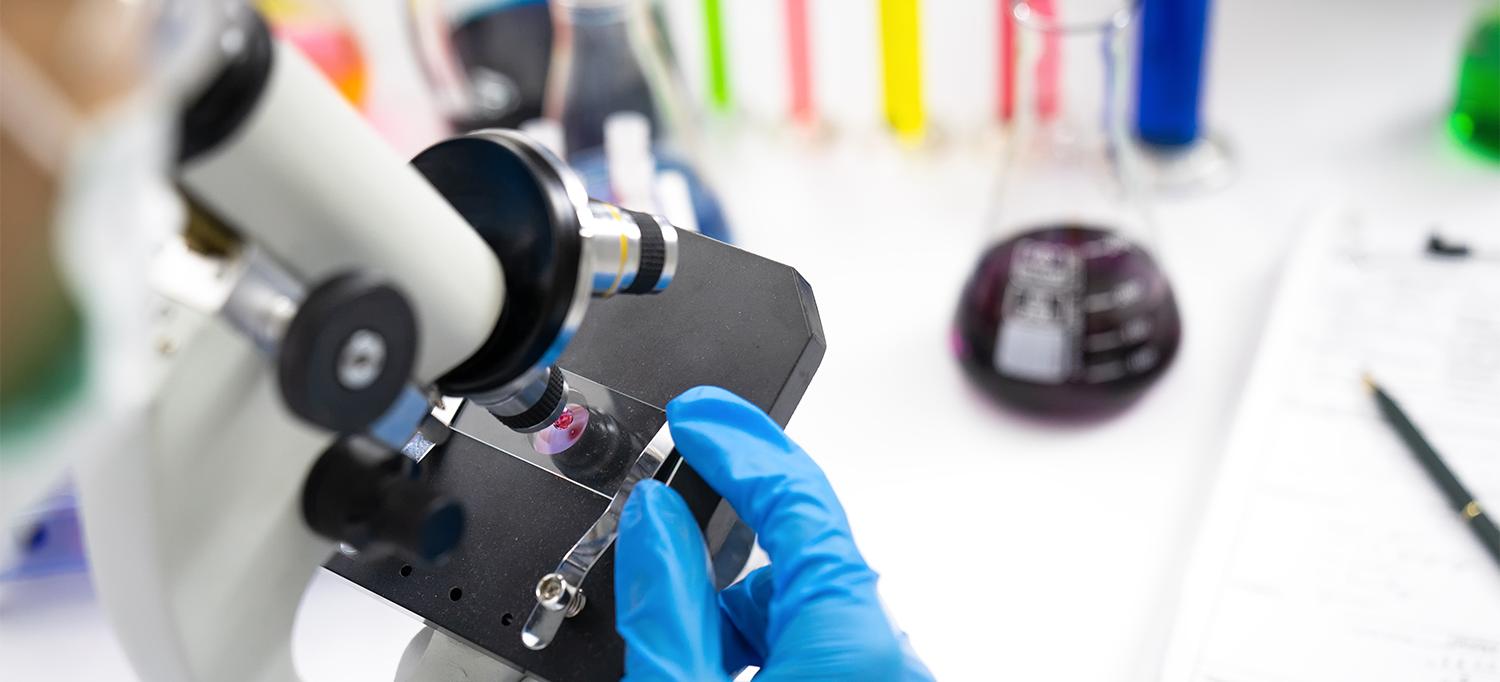
Photo: krisanapong detraphiphat/Getty
The heterogeneity and clinical complexity of systemic lupus erythematosus (SLE) often complicates efforts to understand what initiates and perpetuates the underlying immune dysfunction. Previous studies found that rare inherited null mutations in the DNASE1L3 gene cause childhood lupus characterized by high titers of anti–double-stranded DNA (anti-dsDNA) antibodies and renal involvement. But the potential role of the DNASE1L3 enzyme and its connection to the dsDNA autoantibodies in sporadic SLE remained unclear.
In a new study in the Journal of Experimental Medicine, a team of researchers at NYU Langone Health has identified a surprisingly common nongenetic disease mechanism in which reduced DNASE1L3 activity leads to an increase in a type of extracellular DNA that spurs production of anti-dsDNA antibodies. The emerging picture casts a new spotlight on the dysfunctional protein and suggests how multiple mechanisms that can inactivate it may converge on a pathogenic pathway for a substantial percentage of patients with lupus nephritis.
Autoantibodies Can Inactivate DNASE1L3 Enzyme Associated with Sporadic SLE
For several years, Boris Reizis, PhD, professor of pathology, the Samuel A. Brown Professor of Medicine, and co-director of the Judith and Stewart Colton Center for Autoimmunity, has studied the immune effects of null DNASE1L3 mutations in mice, which quickly develop anti-dsDNA antibodies and an SLE-like disease with renal involvement. Dr. Reizis and colleagues also proposed that a particular form of cell-free DNA, contained within circulating cell-derived microparticles, may be regulated by DNASE1L3.
To test this hypothesis in a clinical setting, he teamed up with Jill P. Buyon, MD, also a co-director of the Colton Center for Autoimmunity as well as director of the Division of Rheumatology and the Lupus Center and the Sir Deryck and Lady Va Maughan Professor of Rheumatology, to analyze blood samples from a cohort of patients with SLE. Genetic testing showed that the vast majority had no mutation in the DNASE1L3 gene. Curiously, however, more than 50 percent of a patient subset with sporadic SLE and kidney involvement had significantly reduced levels of DNASE1L3 activity. Another assay showed that the reduced enzyme activity associated with a significant increase in the titer of neutralizing autoantibodies targeting the enzyme. Together, the experiments suggested that autoantibodies generated against the enzyme inactivated it through a physical rather than genetic mechanism.
“In essence, our study found that lupus patients harbor antibodies reactive with an enzyme that is important for breaking down extracellular DNA. If the extracellular DNA is not degraded, it becomes available to the immune system and in turn antibodies to DNA may result in SLE activity including nephritis,” Dr. Buyon says. “This study is a very nice illustration of how important partnerships are between basic science and clinical research.”
Likewise, Dr. Reizis says the inclusion of patients in the new study helped shed more light on the disease’s mechanistic details. “Because we found that the nongenetic deficiency of this enzyme was not uncommon, we could study many of these patients and some of the mechanistic details actually became more apparent,” he says. The study clarified that instead of reducing overall levels of cell-free dsDNA in patients’ blood, DNASE1L3 focuses its digesting activity on a specific kind of DNA associated with microparticles, or cell debris released by cells as they die. “The emphasis is not on the amount of garbage but on the type of garbage,” he says.
When DNASE1L3’s enzymatic activity is reduced either due to genetic mutations or to nongenetic abnormalities, the microparticle-associated fraction of dsDNA immediately begins to increase. “We believe this DNA is potentially visible to the immune system and has the potential to trigger it,” Dr. Reizis says, explaining why the absence of enzymatic activity could help explain the recruitment of anti-dsDNA antibodies associated with the lupus nephritis cases.
Emerging Pathogenic Mechanism Opens Door to Potential Clinical Biomarkers
By themselves, some SLE cases linked to rare genetic mutations may seem like exceptions. “But it turns out that a lot can be learned from them because they can highlight something very important in the core pathogenesis, and in the core function of the immune system and in its breakdown in the disease,” Dr. Reizis says. “It may be yet another illustration of the power of human genetics to elucidate the pathogenesis of complex disease.”
For their follow-up research, the collaborators hope to better understand what triggers the production of the anti-enzyme autoantibody and to pursue longitudinal studies to clarify whether a decline in DNASE1L3’s activity may precede lupus nephritis and thus have a predictive role in a clinical setting. Dr. Buyon emphasizes that the research effort has benefitted greatly from NYU Langone’s large and diverse SLE biorepository of samples obtained from consenting patients who have donated blood linked to their confidential clinical information. “By establishing the importance of our research and engaging diverse patient populations from all walks of life in all of the different inpatient and outpatient settings where we see them, we’re in an excellent position to partner with basic scientists,” she says.
Another major implication, Dr. Buyon says, is that bringing patients to the bench may flow back to benefit patients in the clinic. The researchers hope that the work will lead to a therapeutic approach to overcome the functional deficiency of the enzyme and/or measurement of DNASE1L3 autoantibodies as a clinical biomarker to predict and follow the course of kidney disease. “Through my collaboration with Dr. Reizis, I realized that rare genetic mutations can put a spotlight on the protein target, and that by knowing the underlying problem one may be able to apply it to a much larger population of patients,” she says.
Funding for this study was provided by National Institutes of Health grants AR 071703, AI 100853, AR 069515, and GM 136573. Additional funding support came from the Lupus Research Alliance, the Colton Center for Autoimmunity, and the German Research Foundation.

